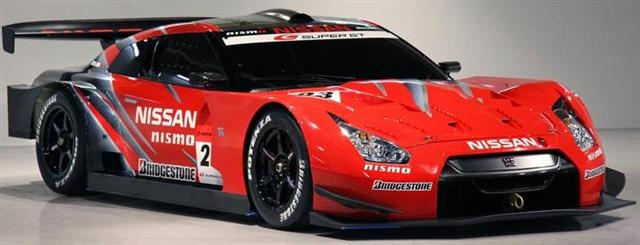Positive Crankcase Ventilation System (PCV)
The positive crankcase ventilation system exists to relieve positive air pressure from the crankcase. Pressure in the crankcase is created by piston ring blow by and by the up and down motion of the pistons (just as the piston seals the top of the combustion chamber it seals the bottom of the cylinder, pulling air in on the compression and exhaust stroke, pushing air on the intake and power stroke). In order to relieve this pressure, a vacuum pressure sucks the pressure out of the crankcase through the PCV system. If the pressure is not vented piston ring and piston ring land damage can occur from the rings being jostled around as the piston is drawn down towards the
crankcase, fighting against the pressure. In a turbo application this system must be modified or it will not work. Before figuring out how to modify the system it is a good idea to see how the stock system works. Below is a diagram of the stock PCV system:
As you can see the system begins in the intake pipe where air enters a hose that is attached to a barbed fitting on the valve cover. It is important to realize that the fitting on the valve cover is the PCV system inlet, air goes into the valve cover here. The air flows down through the head and into the crankcase. Once in the crankcase the air will pick up oil vapor from the oil being slung around at high velocity by the rotating assembly. The air then flows through the 'breather chamber' which is the black box you see on the back of the block under the intake manifold. The breather chamber has baffling in it that separates out some of the oil vapor and allows it to drain back into the crankcase. A hose connects the breather chamber to the PCV valve. The PCV valve is a one way valve that is open when a vacuum pressure is applied to the top of the valve. The PCV valve is connected to the intake manifold with a hose. The intake manifold exerts a vacuum pressure on the entire system. The PCV system is a closed vacuum circuit with pressure being exerted on one end and vacuum
on the other. This allows any positive pressure in the crankcase to be vented.
The problem when a turbocharger is added is that the intake pipe and intake manifold become pressurized. If the fitting on the valve cover is still connected to the pressurized intake pipe it will pressurize the crankcase too. At the same time, the PCV valve will close when pressure is exerted on the top half of the valve, sealing the crankcase. If no modifications are made to the system a pressurized and sealed crankcase will occur when the boost kicks in, this is the worst possible time to have a sealed and pressurized crankcase.
Above is an example for PCV system . For Cam tak pro ( CAMPRO ) , No valve available . Proton uses to have the driver side breather hole into extreme small size , so the air won't go too fast and effect idling speed stability . Once bolt on turbo , PCV valve needed at driver size breather . This valve will block all air flow if no vacuum ( Negative pressure ) present or positive pressure present . Another place is petrol tank ventilation valve . Campro got a petrol tank ventilation valve plug at throttle body . This valve uses to work all time once engine running . So pcv valve also needed there , to prevent boost leak to petrol tank . This has been practiced when i had installed e-turbo last time .









.jpg)
hye how to make PCV to my campro?
ReplyDelete